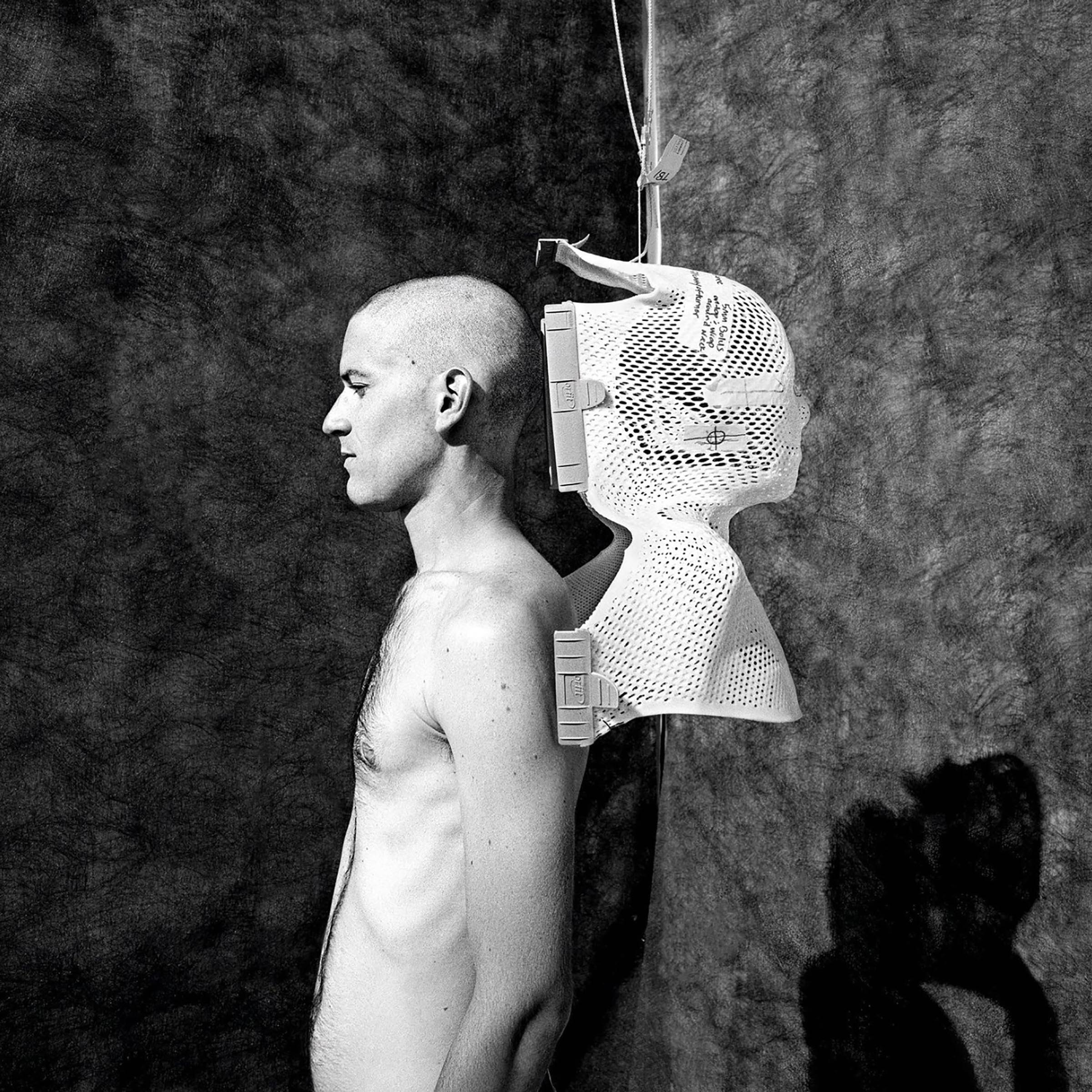Artist Statement
This project, TRIALS, streamlines all of our individual narratives into a visual record in which all collaborators (including myself) are depicted as a living memorial, meaning we are enacting and becoming testimonies to events that once happened in our past lives. By viewing ourselves as a living memorial, we acknowledge a person’s history, what they are going through now, and how they will be moving into their future. Our bodies serve as personal monuments - representing our dedication to time spent healing, accepting and transforming. This visual record is a tool to enter the collective human experience, in which art is used as a celebration within the midst of intense life changes, and acknowledged as a victory against the harsh realities of living. My images don’t provide answers or resolutions, instead I want this project to be a point of departure into language. By working with the body to present the frictions of reality, wounds from survivors, and the ambiguity of conflict, we can begin to access areas of thought which are more difficult to speak on, yet can be expressed visually.
--
TRIALS unknowingly began the day I met Marcia Reifman. We were seated next to one another at the Eldorado Library for a photo club meeting, and I was allured by her presence and her voice. I knew within a few minutes that I wanted to photograph her and that I needed to ask her. I reached out to Marcia a few days later about making pictures with her. She asked me why I was interested in photographing her and I told her it was because of her voice, and her look. I had never heard a voice like hers before - androgynous, earthy, slow and poised. Full of mystery. She was 74 at the time, and she was wearing all black converse, her hair was braided in these colorful ties, and she had a sweater vest with a tank top on. It shook me up because it felt like she was my age, not just in her appearance but also in her spirit, and her activeness.
Marcia told me that she didn’t always used to speak this way, or sound this way. One day she told me to call her phone and wait for the voicemail. I let it ring until I finally heard someone on the other line. It was a very clear, bright and reassuring voice, and in some ways totally opposite to the one she has now. I remember being stunned and confused, but it was also when I began to start grasping the disconnect she has to her new voice. She told me that more than ¾ quarters of her tongue was removed in a 13-hour surgery due to stage 4 squamous cell carcinoma, and that the most agonizing part of it all was the treatment, and the part of recovering. The procedure was followed up by 66 radiation treatments administered daily with concurrent chemotherapy. By interpreting these feelings in my own manner and trying to put myself in Marcia’s shoes, we began to speak in vulnerable ways we hadn’t before, which led us to question who we are to one another and who we are to ourselves, all while making photographs about it.









